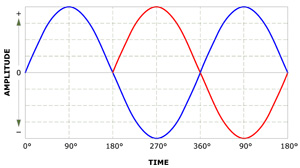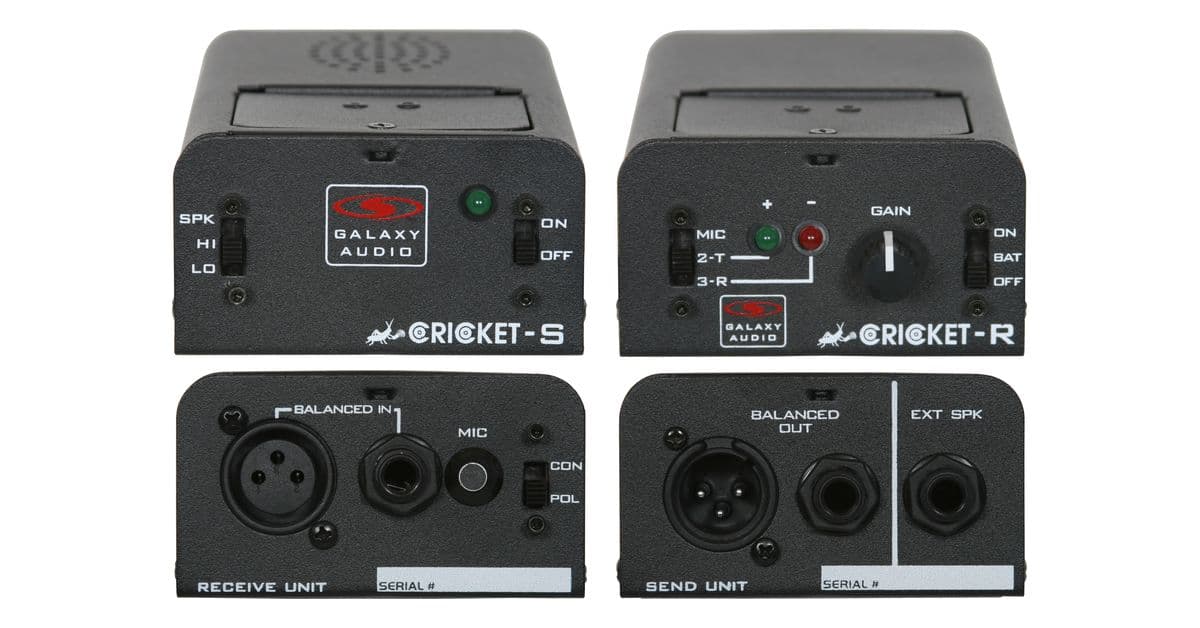Maybe a better way to exemplify phase:
A signal can be:
1. Out of phase, but in time: Think of a sub being correctly delayed to your main speaker for your listening position, but because the sub and main are out of phase they cancel at the hand-off frequency.
2. In Phase, but out of time: If your sub-woofer is in phase with your main speaker, but is delayed 7 minutes behind your mains (a ludicrious example I know!).
3. In Phase, and in time: Time alignment is correct and the phase is aligned allowing for summation between the sub-woofer and main.
In example one; this would usually be corrected by flipping the polarity, as the timing is correct.
In example two, this would be corrected by utilizing delay. Which is usually just a few ms; unless you are working in a live sound environment.
----
As to us engineers flipping phase "willy nilly"
There is usually a method to the madness. (usually...

)
Going back to the kick drum example. For most live kick drum micing I utilize 2 mics, both placed inside the kick drum. One of them is respectively for the lower frequencies of the drum, and one is for the top-end attack. For the particular mic setup I use most often, and with how they are positioned I find that flipping the polarity on one of the pair sounds much better. When polarity is the same the sound of the drum is more midbass heavy; which is usually where I would make an EQ cut. Flipping polarity on one of the mics tightens up the low end, and causes the lower mids to be out of phase, causing cancellation; while leaving the top end fairly intact. Keep in mind that phase varies by frequency, which is due to the size of wavelengths. So in this example flipping the phase of one of my mics gets me a lot closer to the sound I am looking for before utilizing any EQ.
In this sense audio engineers often use polarity (or degrees of it) as way to tonally shift things.
As another example if you have a bass guitar which has two sources: A miced amp and a DI, it is common that the phase of these two versions of the same source will not be the same. Well which one is "correct?" You don't know! Depending on how complex your DI or amp (and mic) is they might mess with things. So usually polarity (or degrees of it) will be flipped on one channel to see if that sound is preferred.
---
To the point if I am mixing a project and I wasn't there when it was recorded I probably won't know where mics were positioned relative to each other. I will be working off of what sounds best for the particular project.
---
Phase REALLY matters anytime you are listening to two instances of the same source. Flipping polarity on one of your instances will change the sound significantly. However I would maintain that if you polarity flip has no reference, it will not be noticeable.
For reading on the subject Bob McCarthy's textbook
"Sound Systems: Design and Optimization: Modern Techniques and Tools for Sound System Design and Alignment," addresses phase near the beginning. While this book is fully geared towards live sound and systems engineering, he is quite thorough and does a great job explaining the science, and many of the inherent compromises involved with the propagation of sound.




